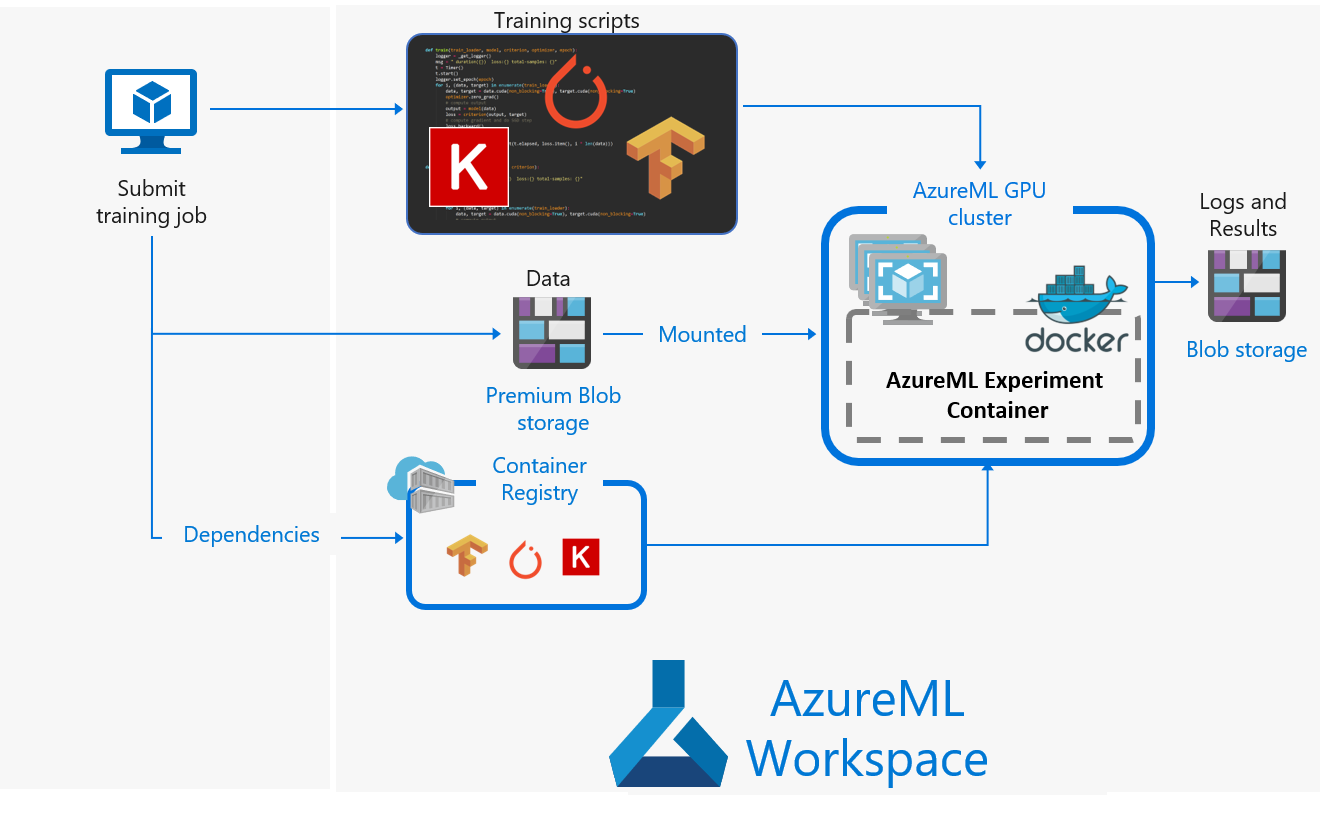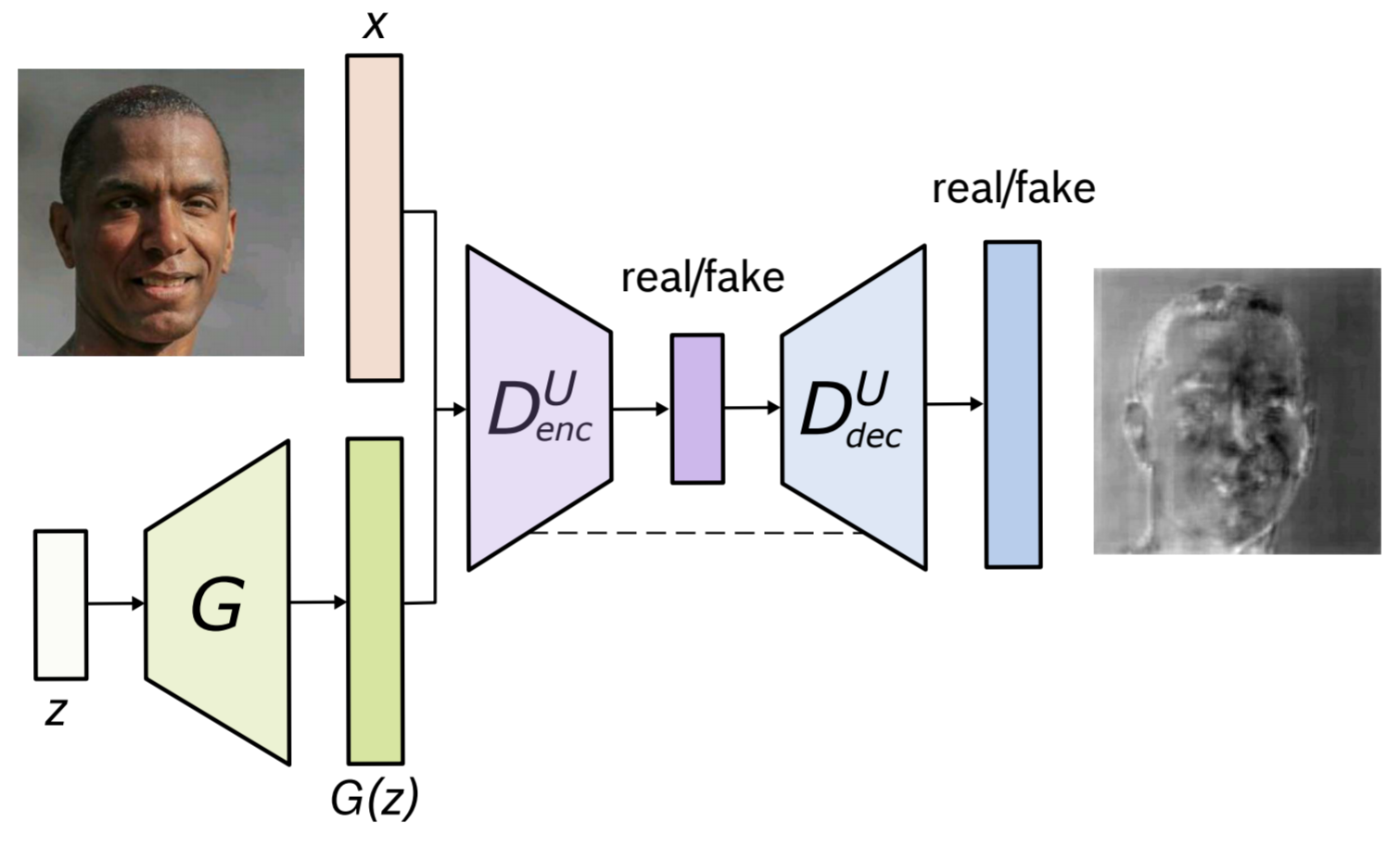
It is a clear yes. Robotic surgery was established for the first time in 1967. It is now commonplace. While it can help surgeons with a variety of operations, it has some significant drawbacks. Unexpected complications are the biggest problem. Even simple operations can have unexpected complications. Therefore, surgeons need to consider the risks and advantages of each procedure. Although robotic surgery is not likely to replace human surgeons anytime soon it can help improve their skills. John McCarthy is the father in artificial intelligence and creator of the Lisp programming program language.
John McCarthy
Robotic surgery was a new concept back in 1958. Dr. John McCarthy, MIT, was one of the pioneers. McCarthy created LISP, the first symbolic computing language in 1958. It is still used today in many artificial Intelligence applications. His research on human level AI and commonsense reasoning was recognized with the Turing Award, and the Kyoto Prize. In 1990, he was awarded the National Medal of Science. John McCarthy's research has helped to transform medicine. He's also the father in robotic surgery.

John McCarthy is known as the father of artificial Intelligence.
Before he was a household name, John Patrick McCarthy was an Irish immigrant and part-time computer science icon. He died of a heart attack at his California home on Oct. 24, 2011. He is best remembered for the creation of the robot arm and other artificial intelligent tools that allow surgeons to perform surgery. McCarthy was born in Lithuania. His parents were a longshoreman from Ireland and a native Irishman. He was raised in an atheist household and was an early proponent of science. His life was difficult. Although he was unable to attend school due to a childhood illness, he did enough to graduate in time from college in California. It was also a time of better health.
Silver Falcon
Intuitive Surgical was an innovator of computerized instruments to the MIS and licensed the patents on the Silver Falcon. The device features seven degrees in freedom and was created by Akhil Madhani, MIT mechanical engineer, and Gunter Niemeyer, Stanford Research Institute researcher. Madhani's doctoral thesis was focused on improving the precision of endoscopic surgery with teleoperated robotic arm.
Lindinburg surgery
The Lindinburg Surgery was a success, thanks to the use of advanced technology and Tele-surgeons. The New York-based surgical team operated on the patient in Strasbourg using high-speed telecommunications and high speed services. The robotic surgery used Zeus to help surgeons in Strasbourg perform the procedure on the patient in New York. This feat has set the stage for future telesurgery.
Robotic surgery: Shared-controlled approach
Robotic surgery can be done in a collaborative controlled manner. One surgeon controls the robotic arms via a console. This allows him or her to remotely view the surgical field and operate the instruments. The robotic arms are then operated on by the other surgeon. Once the instruments are in position, the surgeon may begin operating. The surgeon can begin operating on the patient without the patient being aware of the presence of the robotic arms.

RoboDoc
RoboDoc, an active robotic surgery system, was developed by IBM researchers and MIT scientists in 1996. The robot interprets the language of IBM and follows the commands of the surgeon. This robot can be used in conjunction with a surgeon or independently. It can perform various operations, including orthopedic procedures and gynecological. It can also perform complicated thoracic procedures such as angioplasty.
FAQ
How will governments regulate AI
Although AI is already being regulated by governments, there are still many things that they can do to improve their regulation. They need to ensure that people have control over what data is used. A company shouldn't misuse this power to use AI for unethical reasons.
They should also make sure we aren't creating an unfair playing ground between different types businesses. A small business owner might want to use AI in order to manage their business. However, they should not have to restrict other large businesses.
Who invented AI?
Alan Turing
Turing was first born in 1912. His father, a clergyman, was his mother, a nurse. After being rejected by Cambridge University, he was a brilliant student of mathematics. However, he became depressed. He started playing chess and won numerous tournaments. He was a British code-breaking specialist, Bletchley Park. There he cracked German codes.
He died on April 5, 1954.
John McCarthy
McCarthy was conceived in 1928. He studied maths at Princeton University before joining MIT. He developed the LISP programming language. He had laid the foundations to modern AI by 1957.
He died in 2011.
Who is leading the AI market today?
Artificial Intelligence (AI) is an area of computer science that focuses on creating intelligent machines capable of performing tasks normally requiring human intelligence, such as speech recognition, translation, visual perception, natural language processing, reasoning, planning, learning, and decision-making.
There are many kinds of artificial intelligence technology available today. These include machine learning, neural networks and expert systems, genetic algorithms and fuzzy logic. Rule-based systems, case based reasoning, knowledge representation, ontology and ontology engine technologies.
There has been much debate over whether AI can understand human thoughts. However, recent advancements in deep learning have made it possible to create programs that can perform specific tasks very well.
Today, Google's DeepMind unit is one of the world's largest developers of AI software. It was founded in 2010 by Demis Hassabis, previously the head of neuroscience at University College London. In 2014, DeepMind created AlphaGo, a program designed to play Go against a top professional player.
How does AI impact the workplace?
It will revolutionize the way we work. We'll be able to automate repetitive jobs and free employees to focus on higher-value activities.
It will improve customer service and help businesses deliver better products and services.
It will allow us to predict future trends and opportunities.
It will allow organizations to gain a competitive advantage over their competitors.
Companies that fail AI will suffer.
AI is good or bad?
AI is both positive and negative. The positive side is that AI makes it possible to complete tasks faster than ever. Programming programs that can perform word processing and spreadsheets is now much easier than ever. Instead, we ask our computers for these functions.
On the negative side, people fear that AI will replace humans. Many people believe that robots will become more intelligent than their creators. This means they could take over jobs.
What does the future hold for AI?
The future of artificial intelligent (AI), however, is not in creating machines that are smarter then us, but in creating systems which learn from experience and improve over time.
Also, machines must learn to learn.
This would enable us to create algorithms that teach each other through example.
It is also possible to create our own learning algorithms.
It's important that they can be flexible enough for any situation.
Statistics
- A 2021 Pew Research survey revealed that 37 percent of respondents who are more concerned than excited about AI had concerns including job loss, privacy, and AI's potential to “surpass human skills.” (builtin.com)
- The company's AI team trained an image recognition model to 85 percent accuracy using billions of public Instagram photos tagged with hashtags. (builtin.com)
- By using BrainBox AI, commercial buildings can reduce total energy costs by 25% and improves occupant comfort by 60%. (analyticsinsight.net)
- That's as many of us that have been in that AI space would say, it's about 70 or 80 percent of the work. (finra.org)
- In the first half of 2017, the company discovered and banned 300,000 terrorist-linked accounts, 95 percent of which were found by non-human, artificially intelligent machines. (builtin.com)
External Links
How To
How to set Cortana's daily briefing up
Cortana can be used as a digital assistant in Windows 10. It is designed to assist users in finding answers quickly, keeping them informed, and getting things done across their devices.
A daily briefing can be set up to help you make your life easier and provide useful information at all times. You can expect news, weather, stock prices, stock quotes, traffic reports, reminders, among other information. You can decide what information you would like to receive and how often.
Win + I is the key to Cortana. Select "Cortana" and press Win + I. Click on "Settings", then select "Daily briefings", and scroll down until the option is available to enable or disable this feature.
If you have enabled the daily summary feature, here are some tips to personalize it.
1. Open Cortana.
2. Scroll down to "My Day" section.
3. Click the arrow next to "Customize My Day."
4. Choose the type information you wish to receive each morning.
5. You can change the frequency of updates.
6. Add or remove items from your shopping list.
7. Save the changes.
8. Close the app